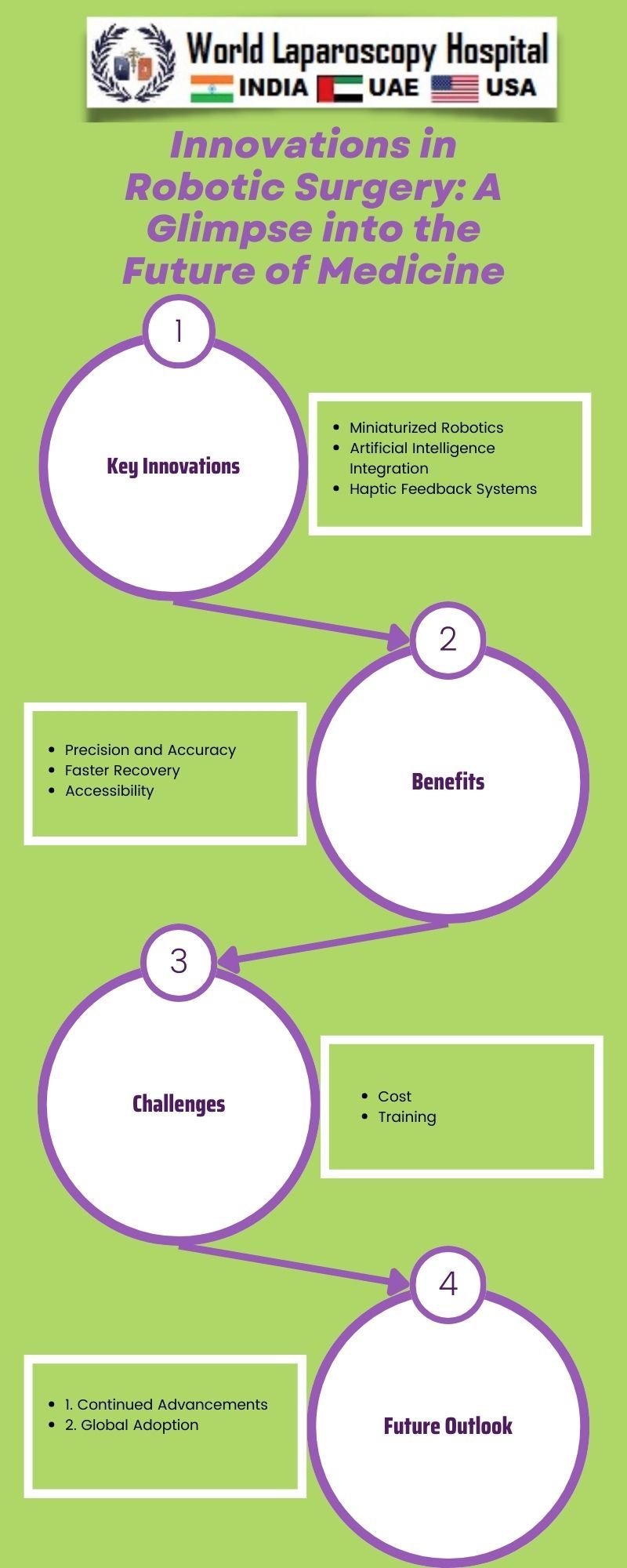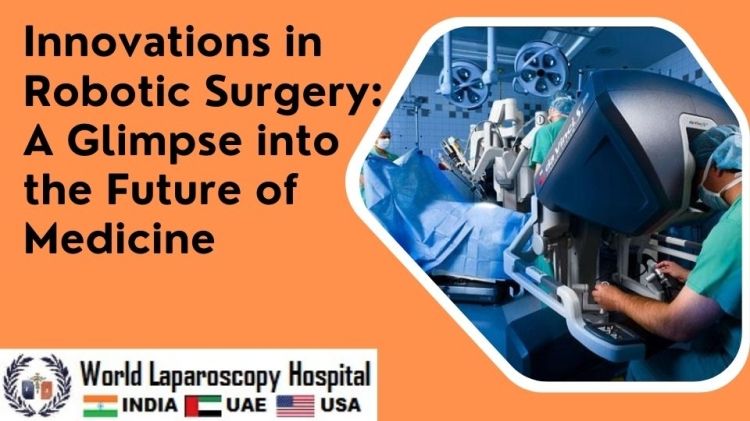Innovations in Robotic Surgery: A Glimpse into the Future of Medicine
Introduction
The field of medicine is experiencing a paradigm shift, propelled by rapid advancements in technology. One of the most transformative innovations is robotic surgery, which has revolutionized traditional medical practices. This article delves into the cutting-edge developments, their impact on healthcare, and the promising future that awaits us in the realm of robotic-assisted procedures.

The Evolution of Robotic Surgery
The inception of robotic surgery dates back to the 1980s when the first robotic system, PUMA 560, was used for neurosurgical biopsies. Over the decades, the technology evolved, leading to the introduction of the da Vinci Surgical System in the early 2000s. This marked a significant milestone, as it allowed surgeons to perform minimally invasive procedures with improved precision and control.
Current State of Robotic Surgery
As of now, robotic surgery has found applications across various medical specialties, including urology, gynecology, and cardiothoracic surgery. The da Vinci system, with its robotic arms and 3D imaging, enables surgeons to manipulate instruments with unparalleled dexterity. This has resulted in reduced blood loss, smaller incisions, and shorter recovery times for patients.
Enhanced Precision through Artificial Intelligence
Recent innovations in artificial intelligence (AI) are taking robotic surgery to new heights. AI algorithms are being integrated into robotic systems to enhance surgical precision. These algorithms can analyze real-time data, predict potential complications, and assist surgeons in making informed decisions during the procedure. This synergy of robotics and AI is shaping a future where surgeries are not only precise but also adaptive to individual patient needs.
Telepresence and Remote Surgery
The advent of high-speed internet and low-latency communication has opened doors to telepresence and remote surgery. Surgeons can now perform procedures from different geographical locations, providing expertise and assistance where it is needed the most. This capability is particularly crucial in emergency situations, where immediate access to specialized surgical skills can be a matter of life and death.
Nanorobotics: A Microscopic Revolution
Looking further into the future, nanorobotics holds immense potential for transforming surgical procedures at a microscopic level. These tiny robotic devices, often smaller than a human cell, could navigate through the bloodstream to deliver targeted treatments or perform intricate surgeries with unprecedented precision. The integration of nanorobotics into the field of surgery could usher in a new era of personalized and highly effective medical interventions.
Human-Robot Collaboration in Surgery
While robots are becoming increasingly sophisticated, the role of human surgeons remains irreplaceable. The future of robotic surgery is not about replacing human skill but augmenting it. Collaborative robots, known as cobots, are designed to work alongside human surgeons, combining the strengths of both to achieve optimal outcomes. This collaborative approach ensures that the human touch and decision-making remain integral to the surgical process.
Ethical Considerations and Challenges
As the field of robotic surgery advances, ethical considerations and challenges emerge. Issues such as data security, patient privacy, and the potential for automation to replace human jobs require careful examination. Additionally, ensuring that these technologies are accessible to all, regardless of geographical or economic factors, is vital for the ethical progression of robotic surgery.
The Economic Impact of Robotic Surgery
While the initial costs of implementing robotic surgery systems can be substantial, the long-term economic impact is noteworthy. Reduced hospital stays, quicker recovery times, and decreased post-operative complications contribute to cost savings in the healthcare system. Moreover, the growing demand for robotic surgery has prompted increased competition among manufacturers, potentially driving down the overall costs of these systems in the future.
Regulatory Framework and Standardization
As with any transformative technology, the regulatory landscape plays a crucial role in ensuring patient safety and fostering innovation. Striking the right balance between allowing rapid advancements and implementing safeguards is a challenge that regulatory bodies face. Establishing standardized protocols for robotic surgery procedures is essential to ensure consistency and quality across different healthcare institutions.
Patient Empowerment and Informed Consent
An informed patient is an empowered patient. As robotic surgery becomes more prevalent, ensuring that patients are well-informed about the benefits, risks, and alternatives is paramount. Transparent communication between healthcare providers and patients is crucial in building trust and fostering a collaborative approach to treatment decisions.
Conclusion
Innovations in robotic surgery are reshaping the landscape of modern medicine. From the early days of cumbersome robotic systems to the integration of artificial intelligence and nanorobotics, the journey has been remarkable. The future holds promises of even greater precision, accessibility, and collaboration between humans and robots. As we navigate the ethical, economic, and regulatory challenges, the trajectory of robotic surgery is undeniably pointing towards a future where healthcare is not only advanced but also more humane and personalized.



